
下载亿题库APP
联系电话:400-660-1360

下载亿题库APP
联系电话:400-660-1360

请谨慎保管和记忆你的密码,以免泄露和丢失

请谨慎保管和记忆你的密码,以免泄露和丢失

2019年职称英语考试《卫生类》考试共65题,分为单选题和多选题和判断题和计算题和简答题和不定项。小编为您整理阅读理解分析5道练习题,附答案解析,供您备考练习。
1、When a disease of epidemic proportions rips into the populace, scientists immediately get to work, trying to locate the source of the affliction and find ways to combat it. Oftentimes, success is achieved, as medical science is able to isolate the parasite, germ or cell that causes the problem and finds ways to effectively kill or contain it. In the most serious of cases, in which the entire population of a region or country may be at grave risk, it is deemed necessary to protect the entire population through vaccination, so as to safeguard lives and ensure that the disease will not spread.
The process of vaccination allows the patient's body to develop immunity to the virus or disease so that, if it is encountered, one can ward it off naturally. To accomplish this, a small weak or dead strain of the disease is actually injected into the patient in a controlled environment, so that his body's immune system can learn to fight the invader properly. Information on how to penetrate the disease's defenses is transmitted to all elements of the patient's immune system in a process that occurs naturally, in which genetic information is passed from cell to cell. This makes sure that, should the patient later come into contact with the real problem, his body is well equipped and trained to deal with it, having already done so before.
There are dangers inherent in the process, however. On occasion, even the weakened version of the disease contained in the vaccine proves too much for the body to handle, resulting in the immune system succumbing, and, therefore, the patient's death. Such is the case of the smallpox vaccine, designed to eradicate the smallpox epidemic that nearly wiped out the entire Native American population and killed massive numbers of settlers. Approximately l in 10,000 people who receives the vaccine contract the smallpox disease from the vaccine itself and dies from it. Thus, if the entire population of the United States were to receive the Smallpox Vaccine today, 3,000 Americans would be left dead.
Fortunately, the smallpox virus was considered eradicated in the early 1970's, ending the mandatory vaccination of all babies in America. In the event of a re-introduction of the disease, however, mandatory vaccinations may resume, resulting in more unexpected deaths from vaccination. The process, which is truly a mixed blessing, may indeed hide some hidden curses.
The phrase "ward it off naturally" (Paragraph 2) most probably means____.【单选题】
A.dispose of it naturally
B.fight it off with ease
C.see to it reluctantly
D.split it up properly
正确答案:B
答案解析:猜词题。本文第二段讲述了在接种疫苗后,身体自然可以跟这种疾病的致病菌进行对抗。因此,选项B“很轻松地与之对抗”与此相符合,故为正确答案。选项A“自然地将其排除”、选项C“很不情愿地去管理它”和选项D“恰当地分解它”都不符合题意。
2、Egypt Felled by Famine
Even ancient Egypt's mighty pyramid builders were powerless in the face of the famine that helped bring down their civilization around 2180 BC. Now evidence gleaned from mud deposited by the River Nile suggests that a shift in climate thousands of kilometers to the south was ultimately to blame and the same or worse could happen today.
The ancient Egyptians depended on the Nile's annual floods to irrigate their crops. But any change in climate that pushed the African monsoons southwards out of Ethiopia would have diminished these floods.
Dwindling rains in the Ethiopian highlands would have meant fewer plants to stablize the soil. When rain did fall it would have washed large amounts of soil into the Blue Nile and into Egypt, along with sediment from the White Nile.
The Blue Nile mud has a different isotope signature from that of the White Nile. So by analyzing isotope differences in mud deposited in the Nile Delta, Michael Krom of Leeds University worked out what proportion of sediment came from each branch of the river.
Krom reasons that during periods of drought, the amount of the Blue Nile mud in the river would be relatively high. He found that one of these periods, from 4,500 to 4,200 years ago, immediately predates the fall of the Egypt's Old Kingdom.
The weakened waters would have been catastrophic for the Egyptians. " Changes that affect food supply don't have to be very large to have a ripple effect in societies," says Bill Ryan of the Lamont Doberty Earth Observatory in New York.
"Similar events today could be even more devastating," says team member Daniel Stanley, a geoarchaeologist from the Smithsonian Institution in Washington, D C. " Anything humans do to shift the climate belts would have an even worse effect along the Nile system today because the populations have increased dramatically. "
Which of the following factors was ultimately responsible for the fall of the civilization of ancient Egypt?
【单选题】
A.Change of climate.
B.Famine.
C.Flood.
D.Population growth.
正确答案:A
答案解析:A:气候的变化。第一段中有这样一个子句… a shift in climate… was ultimately to blame…最终须归咎于气候的变化。在第一题的题解中,我们提到了“饥荒”与“古埃及文明毁灭”的关系。但“饥荒”是表层的因素,“气候的变化”才是古埃及文明毁灭的深层的因素。因此A是正确的答案。B:饥荒。C:水灾。D:人口增长。
3、Smart Window
Windows not only let light in to cut down an electricity use for lighting, but the light coming through the window also provides heat. However, windows are not something people typically associate with being a cutting edge technology. Researchers are now working on new technologies that enable a window to quickly change from clear to dark and anywhere in between with a flip of a switch.
"It took us a long time to figure out what a window really is," says Claes Granqvist. He's a professor of solid-state physics at Uppsala University in Sweden. "It's contact with the outside world. You have to have visual contact with the surrounding world to feel well. " So, windows and natural light are important for improving the way people feel when they're stuck indoors.
Yet, windows are the weak link in a building when it comes to energy and temperature control. In the winter, cold air leaks in. When it's hot and sunny, sunlight streams in. All of this sunlight carries lots of heat and energy. And all of this extra heat forces people to turn on their air conditioners. Producing blasts of cold air, which can feel so refreshing, actually suck up enormous amounts of electricity in buildings around the world.
Windows have been a major focus of energy research for a long time. Over the years, scientists have come up with a variety of strategies for coating, glazing, and layering windows to make them more energy efficient. Smart windows go a step further. They use chromogenic technologies which involve changes of color.
Electrochromic windows use electricity to change color. For example, a sheet of glass coated with thin layers of chemical compound such as tungsten oxide works a bit like a battery. Tungsten oxide is clear when an electric charge is applied and dark when the charge is removed, that is, when the amount of voltage is decreased, the window darkens until it's completely dark after all electricity is taken away. So applying a voltage determines whether the window looks clear or dark.
One important feature that makes a smart window so smart is that it has a sort of "memory. " All it takes is a small jolt of voltage to turn the window from one state to the other. Then, it stays that way. Transitions take anywhere from 10 seconds to a few minutes, depending on the size of the window. The development of smart windows could mean that massive air conditioning systems may no longer need. "In the future," Granqvist says, "our buildings may look different.
Which of the following statements does not indicate the importance of windows as described in the first two paragraphs?
【单选题】
A. Windows can change from clear to dark to save energy.
B.Windows help to save energy by letting light in.
C.Windows help to save energy by providing heat.
D.Windows enable people to have contact with the outside world.
正确答案:D
答案解析:借助文章中的用词特点或文章开头的语句进一步了解这篇文章的主题:文章讲介绍一种智能窗户。
4、The Only Way Is Up
Think of a modem city and the first image that come to mind is the skyline. It is full of great buildings, pointing like fingers to heaven. It is true that some cities don't permit buildings to go above a certain height. But these are cities concerned with the past. The first thing any city does when it wants to tell the world that it has arrived is to build skyscrapers.
When people gather together in cities, they create a demand for land since cities are places where money is made, that demand can be met. And the best way to make money out of city land is to put as many people as possible in a space that covers the smallest amount of ground that means building upwards.
The technology existed to do this as early as the 19th century. But the height of buildings was limited by one important factor. They had to be small enough for people on the top floors to climb stairs. People could not be expected to climb a mountain at the end of their journey to work, or home.
Elisha Otis, a US inventor, was the man who brought us the lift or elevator, as he preferred to call it. However, most of the technology is very old lifts work using the same pulley system the Egyptians used to create the Pyramids. What Otis did was attach the system to a steam engine and develop the elevator brake, which stops the lift falling if the cords that hold it up are broken. It was this that did the most to gain public confidence in the new invention. In fact, he spent a number of years exhibiting lifts at fairgrounds, giving people the chance to try them out before selling the idea to architects and builders.
A lift would not be a very good theme park attraction now. Going in a lift is such an everyday thing that it would just be boring. Yet psychologists and others who study human behavior find lifts fascinating. The reason is simple. Scientists have always studied animals in zoos. The nearest they can get to that with humans is in observing them in lifts.
"It breaks all the usual conventions about the bubble of personal space we carry around with us and you just can't choose to move away," says workplace psychologist, Gary Fitzgibbon. Being trapped in this setting can create different types of tensions, he says. Some people are scared of them. Others use them as an opportunity to get close to the boss. Some stand close to the door. Others hide in the comers. Most people try and shrink into the background but some behave in a way that makes others notice them. There are a few people who just stand in a comer taking notes.
Don't worry about them. They are probably from a university.
The difficulty in constructing tall buildings in the 19th century lies in____.【单选题】
A.the shortage of money
B.the lack of a device to carry people upward
C.backward technology
D.mountains taking up land space
正确答案:B
答案解析:本题答案的依据在第三段。文中说早在19世纪建造高楼的技术已经存在,限制楼高的因素只有一个,那就是人们下班回家后不想象爬山那样去爬楼梯,说明当时还没有找到把人往高处送的办法。
5、The motorcar
Some pessimistic experts feel that the automobile is bound to fall into disuse. They see a day in the not-too-distant future when all autos will be abandoned and allowed to rust. Other authorities, however, think the auto is here to stay. They hold that the car will remain a leading means of urban travel in the foreseeable future.
The motorcar will undoubtedly. change significantly over the next 30 years. It should become smaller, safer, and more economical, and should not be powered by the gasoline engine. The car of the future should be far more pollution-free than present types.
Regardless of its power source, the auto in the future will still be the main problem in urban traffic congestion. One proposed solution to this problem is the automated highway system.
When the auto enters the highway system, a retractable (可伸缩的) arm will drop from the auto and make contact with a rail, which is similar to those powering subway trains electrically. Once attached to the rail, the car will become electrically powered from the system, and control of the vehicle will pass to a central computer. The computer will then monitor all of the car's movements.
The driver will use a telephone to dial instructions about his destination into the system. The computer will calculate the best route, and reserve space for the car all the way to the correct exit from the highway. The driver will then be free to relax and wait for the buzzer (蜂鸣器) that will warn him of his coming exit. It is estimated that an automated highway will be able to handle 10,000 vehicles per hour, compared with the 1,500 to 2,000 vehicles that can be carried by a present-day highway.
What is the author's attitude toward the future of autos?
【单选题】
A.Enthusiastic
B.Pessimistic
C.Optimistic
D.Cautious
正确答案:C
答案解析:从作者对计算机监控系统的使用来看,作者对自行车的前景是持乐观态度的,所以答案为C。
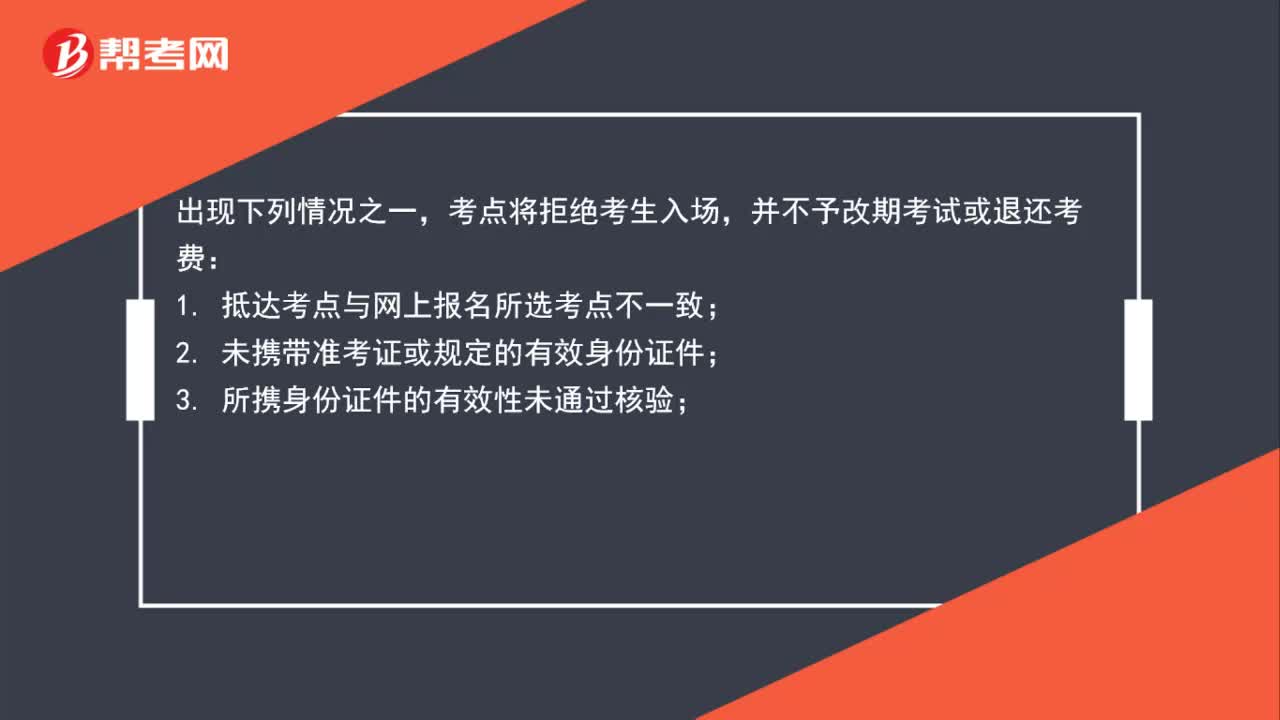 79
79为什么商务英语考试中有的考生不允许入场?:为什么商务英语考试中有的考生不允许入场?考点将拒绝考生入场,并不予改期考试或退还考费:1. 抵达考点与网上报名所选考点不一致;2. 未携带准考证或规定的有效身份证件;3. 所携身份证件的有效性未通过核验;4. 身份证件类型和号码与所持准考证显示信息不符;5. 身份证件相片与本人明显不符;6. 未按准考证规定时间到达考场;7. 不服从监考人员的管理,扰乱考场秩序。
 21
21需要具备怎样的基础才能备考商务英语BEC中级?:商务英语中级需要有大学英语四级到六级的水平。
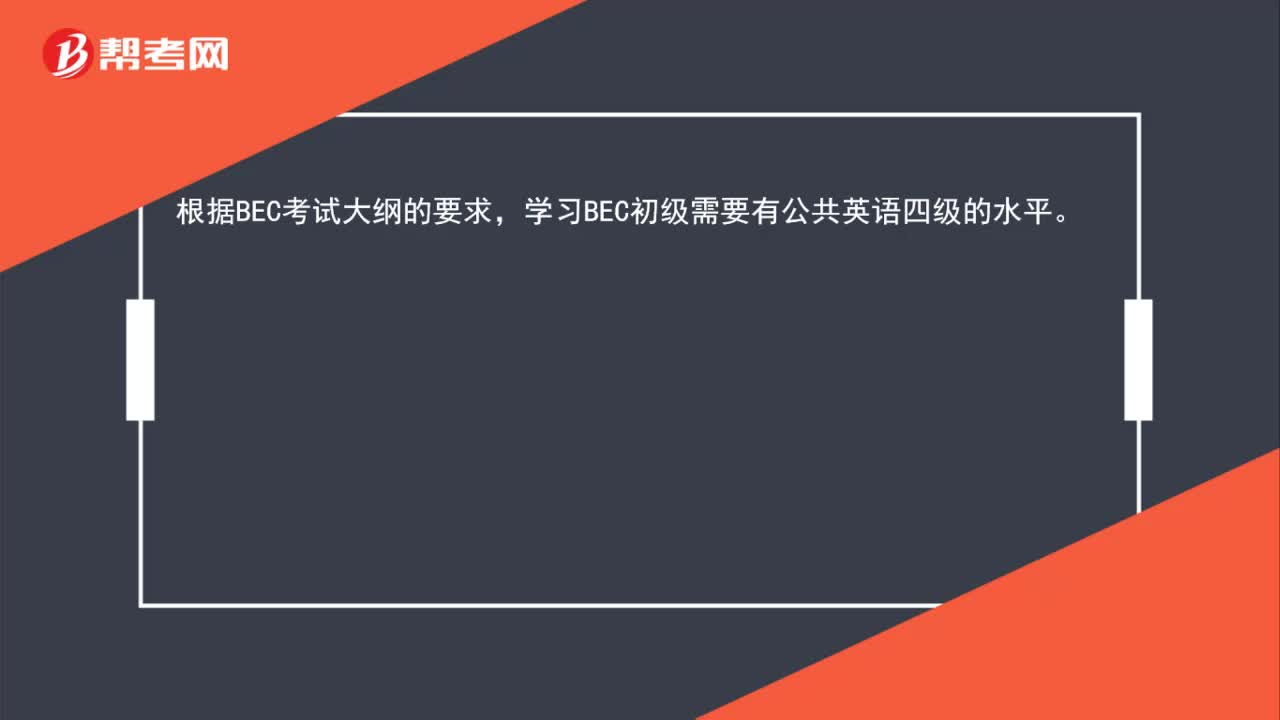 30
30学习商务英语BEC初级需要具备怎样的基础?:学习商务英语BEC初级需要具备怎样的基础?根据BEC考试大纲的要求,学习BEC初级需要有公共英语四级的水平。
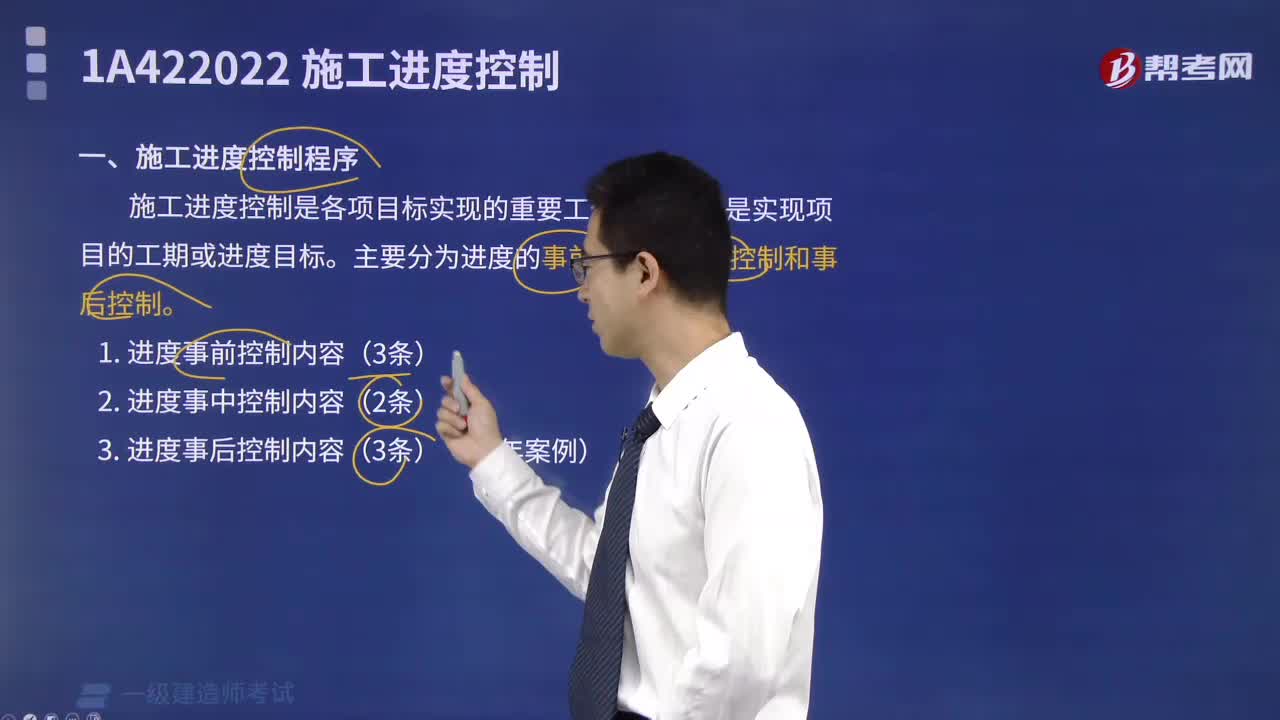 02:03
02:032022-04-08
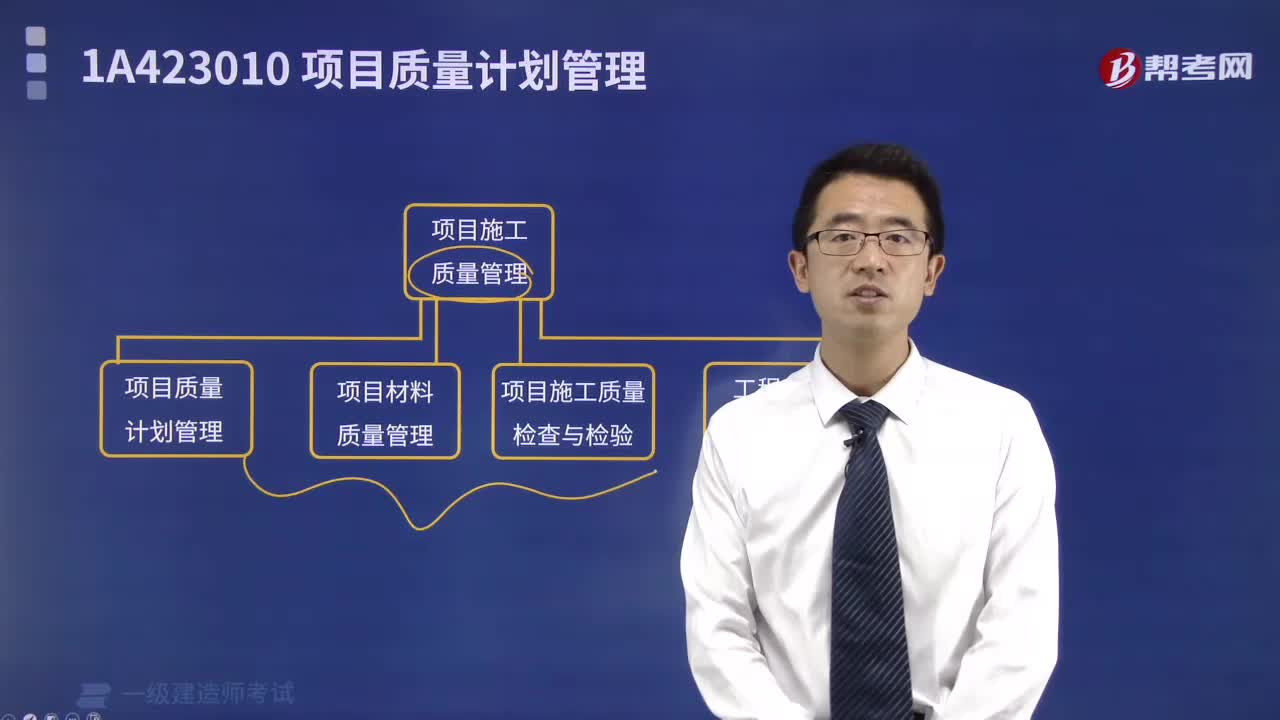 02:40
02:402022-04-08
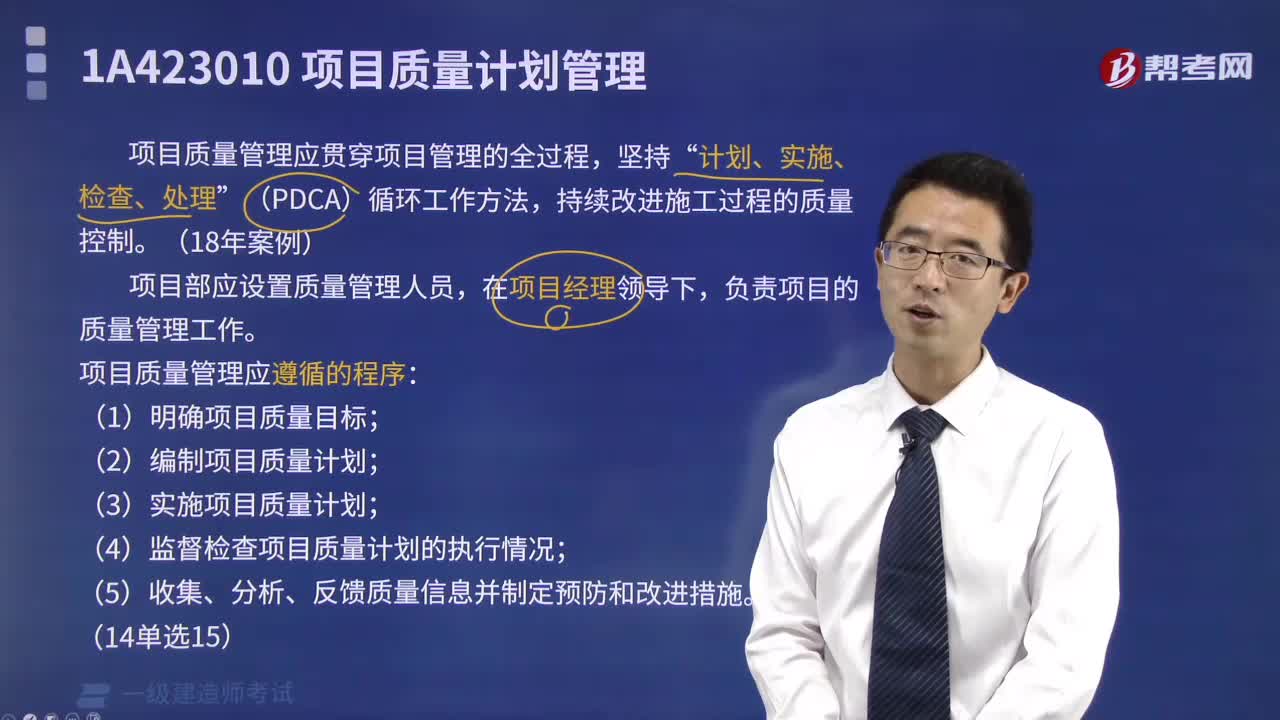 01:25
01:252022-04-08
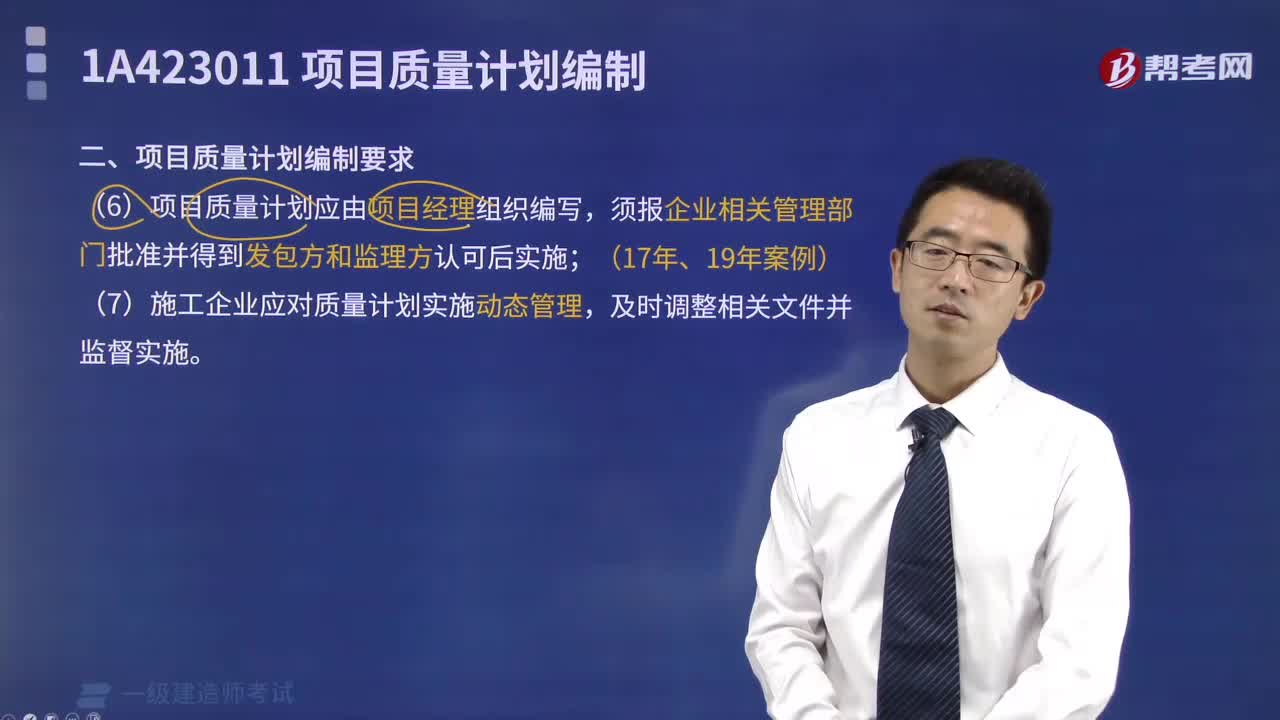 04:24
04:242022-04-08
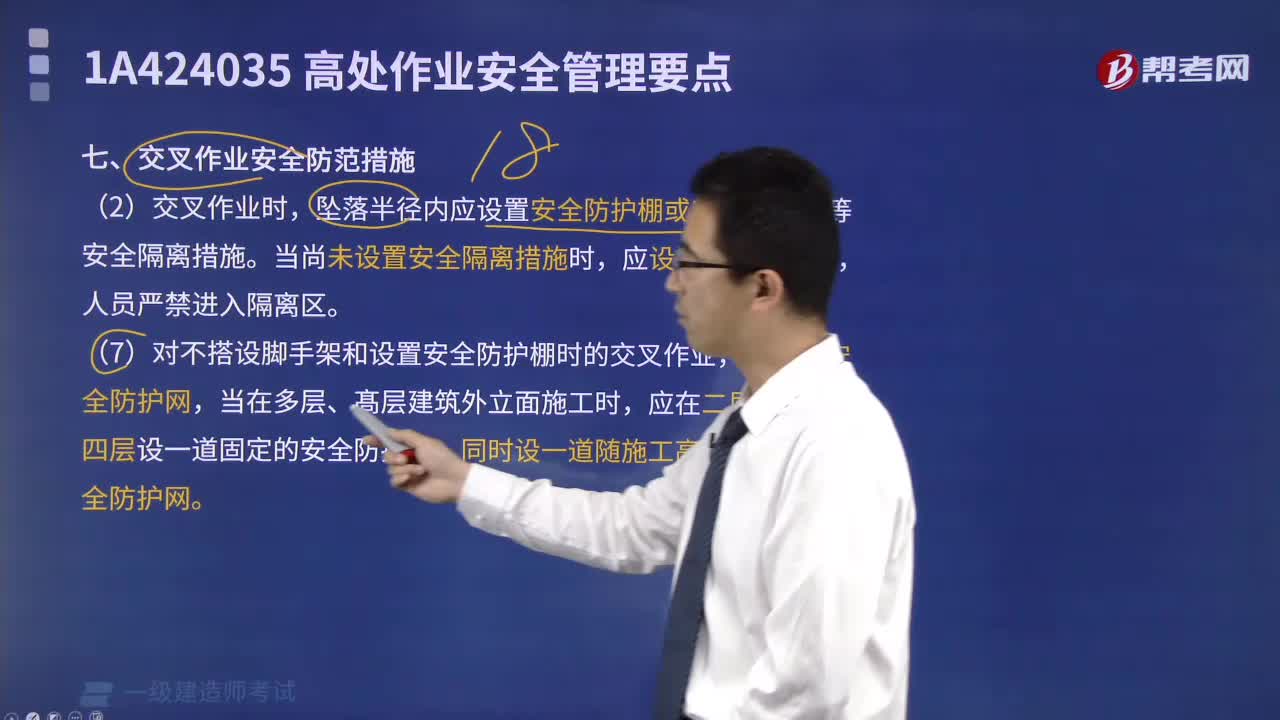 02:33
02:332022-04-08

微信扫码关注公众号
获取更多考试热门资料